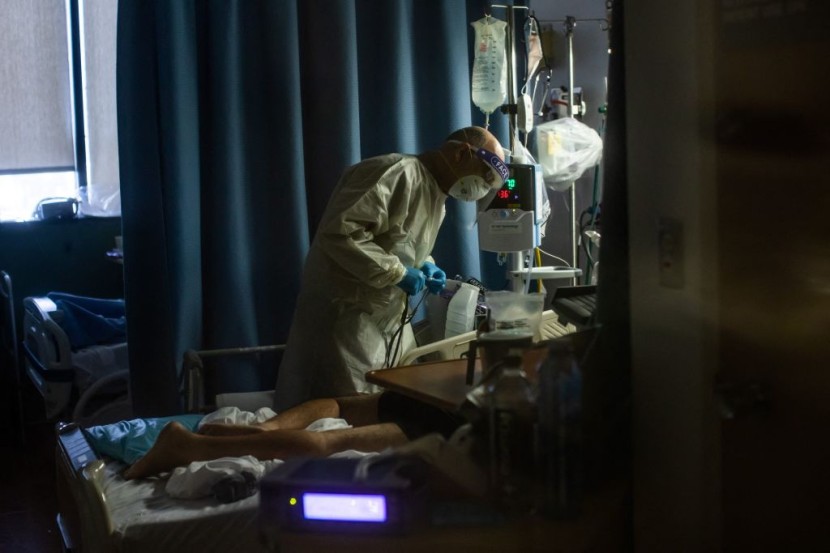
Florida officials warn that Leprosy may have become endemic in the state after they recorded that the number of cases of the bacterial infection in the region has more than doubled in the last decade.
Officially called Hansen's disease, Leprosy is a rare bacterial infection capable of attacking a person's nerves and can cause swelling under the skin. A new research paper that was published in the Centers for Disease Control and Prevention's (CDC) Emerging Infectious Diseases (EID) journal was the one that discovered the rise in cases.
Rise in Leprosy Cases
In particular, Central Florida has experienced a disproportionate share of Leprosy cases, suggesting that the infection could have become endemic. This means that the infection has become a consistent enough presence and is regularly seen in the population instead of simply showing up as one-off outbreaks.
The report noted that 159 new cases were reported in the United States in 2020 based on the National Hansen's Disease Program's data. Among the states in the country, Florida was found to be the top reporting region, as per NBC News.
It added that Central Florida was found to have accounted for 81% of the cases that were reported in the state, which was estimated to be a fifth of the nationally reported cases. While the infection can be transmitted between humans, scientists are still determining how it occurs.
They noted that the disease does not spread through casual physical contact, such as shaking hands or sitting beside someone infected. Scientists think that the bacteria spread to other people via droplets that come from an infected person's coughs or sneezes when they have prolonged contact with others.
Another way that scientists believe Leprosy can spread is through contact with armadillos, some of the animals that are naturally infected by the disease. The recently published paper also described a particular type of leprosy case in Florida. This 54-year-old landscaper had no known contact with infected animals or humans and has not traveled to where the infection is commonly found.
Uncommon in the United States
The EID noted that the infection has been historically uncommon in the United States, with incidence peaking around 1983. Furthermore, according to ABC News, officials have seen a massive drop in the annual number of documented cases recorded from the 1980s through 2000.
However, reports since then have demonstrated a slowly increasing incidence of infection within the American nation. Based on data from the Health Resources and Services Administration, most of the cases reported in 2020 came from Florida, California, Louisiana, Hawaii, New York, and Texas.
The Mycobacterium leprae bacteria cause leprosy and can cause swelling that makes a person lose the ability to sense touch and pain in that spot. This could then lead to injuries, such as cuts and burns. The affected skin usually changes color, and in advanced cases, people can become disfigured and even lose fingers and toes, said CBS News.
Related Article : Unique Horseshoe Crab Blood Vital for Medicine, but Puts Bird at Risk
© 2025 HNGN, All rights reserved. Do not reproduce without permission.








